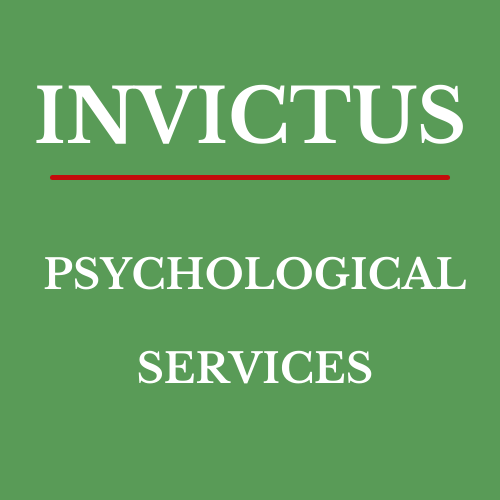Nearly everyone has had the experience of thinking “I use to be excited about the future, but now I just feel as though I am trudging through life one day at a time.” What happened? Did you lose the ability to dream, to challenge yourself, to believe in your abilities? Perhaps. It happens. Often.
Eventually a sense of chronic boredom may settle in like fog rolling in from the coast. Left unchecked some men and women slide into a perpetual low grade depression or anxiety.
Life can wear you down. The daily pressures, obligations and drudgeries slowly build, attaching themselves to your life like barnacles on the side of a ship. Over time, nearly imperceptibly, the sense of optimism, and eager anticipation for the future that you at one time had in abundance begins to fade away.
If this describes you then consider it a wakeup call. Time to shake things up and inject some mojo back into your life. Chances are at one time in the past you were excited, energetic, and more optimistic. You can regain this perspective. It’s not permanently lost, just MIA from neglect.
Don’t believe me?
Think back to being a child, or a teen, and how you would dream about the future. How you imagined life would look when you were an adult.
The opportunities that lay ahead seemed as wide as a horizon at sea. It made you smile just thinking of the possibilities.
Eventually, of course, you became a reasonable adult and learned to kill off this sort of dreaming, and with it one source of inspiration that might have otherwise fueled remarkable changes in your life.
You see, what research shows is that there are many benefits to daydreaming about how the future might look were we to live up to our full potential.
It turns out that this type of forward thinking has the effect of increasing optimism and lifting one’s mood more generally.
Utpal Dholakia, a professor at Rice University, sums it up in the following way:
“Originally discovered by psychologist Laura King in 2001, a number of studies in the last 5-6 years show that doing a simple visualization exercise can boost anyone’s optimism. Psychologists call it the “best possible self” visualization. In simple terms, it involves generating vivid images of positive events occurring in the future with you in the center of them.”
Now before we move forward to take a look at how you can easily increase your sense of optimism I want to quickly note why you should bother. Several reasons:
One: when you are more optimistic you are happier (this is good for you, and those around you)
Two: The more optimistic you are the less physical illness you are likely to experience, and the longer you are likely to live.
Three: Optimism acts as a barrier to depression (and I suspect to anxiety as well). Not a perfect barrier, not a Star Wars shield that absolutely prevents depression, but certainly moves the needle in your favor.
Four: Bonus points, optimism even causes people to experience pain less intensely.
How Does It Work?
Carve out 15 to 20 minutes each day. Make this a time when you will not be interrupted. Put it on your calendar as an appointment with yourself. Really. It’s important, and by scheduling the time you are more likely to stick with the schedule.
Count on doing this every day for a week, and then three or four times a week thereafter (that would be an hour a week once you get rolling… you owe yourself an hour a week for this, and your family and friends will benefit from the changes they experience in you).
Set a timer for ten or fifteen minutes. During that time I want you to think about your best possible self and write down what that would look like. Imagine your most important dreams and aspirations.
Approach this with the mindset that you have worked very hard to achieve these goals and they have turned out just as you imagined (not in some unrealistic fantasy type of mold, but nevertheless that your dreams were thoroughly fulfilled).
Don’t worry about spelling, grammar, etc. No one is looking over your shoulder. No one is grading your writing. This is just for you.
Focus on your most important goals.
It will be helpful to divide these up into several categories. Some examples include:
Relationships
Professional achievements
Personal achievements
Spiritual development
Living situation
Health
Emotional states (confident, content, optimistic, etc.)
With regard to relationships you might focus on how one of your friendships might deepen and become more supportive/trusting. What would that mean for your life? How would it make you feel? Would you end up travelling with this friend? Going on adventures together? Feeling a sense of deep sense of connection throughout the years?
For personal achievement you might write about getting back into exercising and how that would make you feel, the activities that would allow you to enjoy, or the difference that might make in how you spent each day.
You don’t need to cover every category each time you sit down to meditate and write. Mix them up some, and see what happens when you focus on one type of ‘Best Possible Self’ versus another.
Conclusion
It’s that simple. Twenty minutes a day for a week. After those first seven days you can decide whether to keep this practice as a daily exercise or reduce the frequency to every other day. For many, it will work best to do an entire month of daily practice (five days a week), and then reduce the frequency to twice a week.
Mileage varies, so adjust according to your specific circumstances.
The main thing is to jump in and give it a try. No, it won’t work better if you wait another week or two before trying it out. No excuses, just get on it and see how things begin to change in your life.
If you are interested in other simple ways to boost your happiness look at the recommended links and books under “Positive Lifestyle” on the resource page of my website.

















